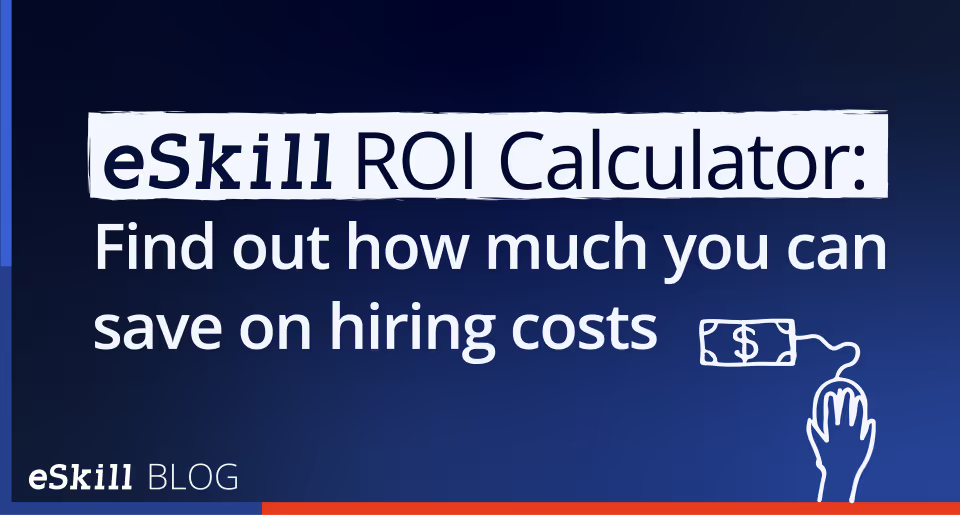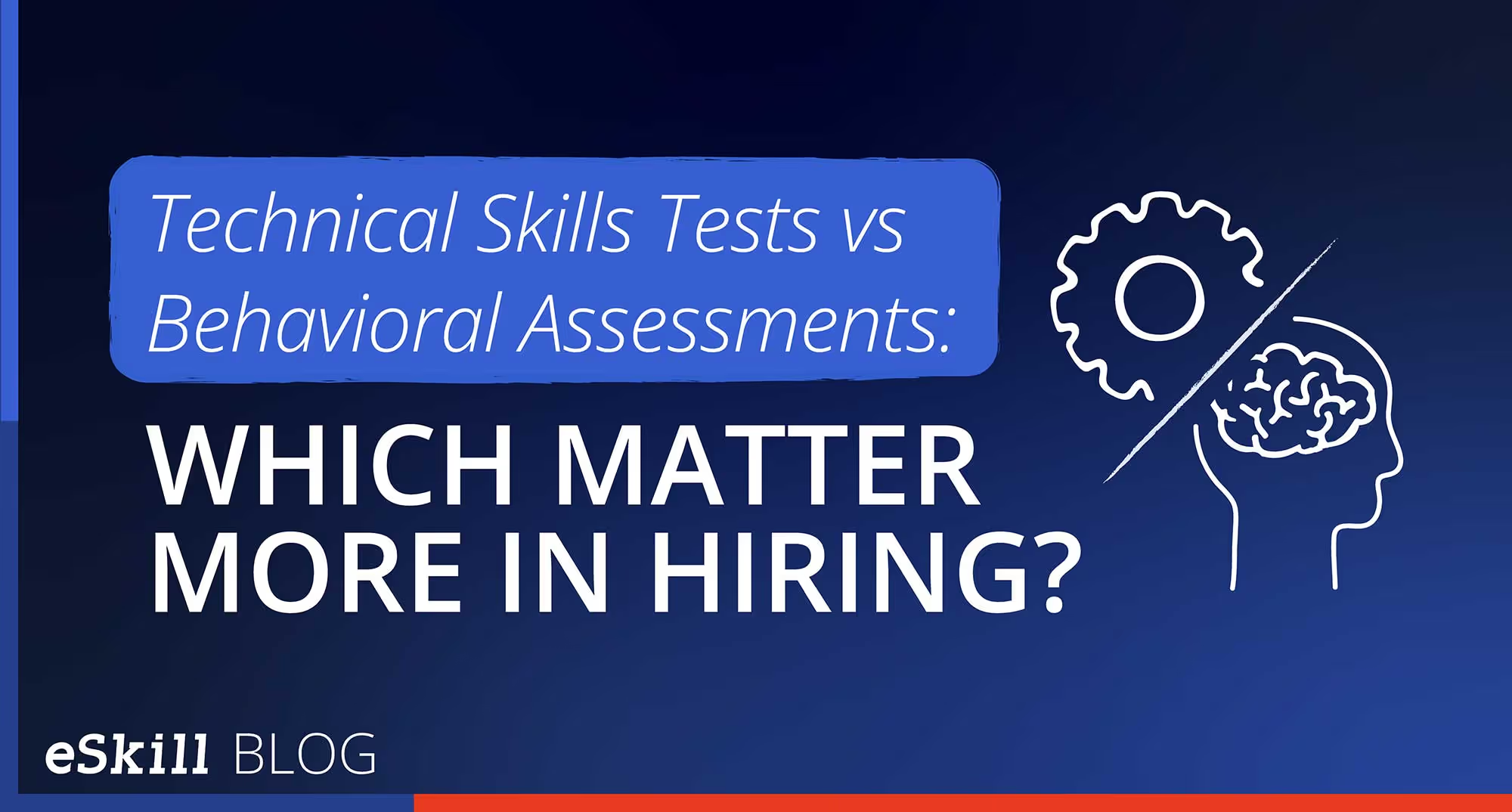Employment readiness assessments are essential for organizations that want to improve hiring and employee development outcomes. According to a McKinsey study, hiring and developing top talent helps organizations increase productivity by around eight times.
Unfortunately, this is more difficult than it sounds because businesses are finding it challenging to recruit top candidates. This is mainly due to a massive skills gap that has been developing for around ten years. Organizations have upgraded technology and implemented digital transformation initiatives, but employees’ skills have not kept pace, resulting in a huge skills gap.
According to a Korn Ferry report, there is a worldwide talent shortage of more than 85 million people. Around 77% of employers say they are having difficulty finding qualified candidates.
Since hiring has become so challenging, organizations are looking for a silver bullet that takes the guesswork out of hiring. Business leaders want to ensure they hire the right person in the first place and minimize the risk of hiring errors. Many organizations see employment readiness assessments as the solution.
Annual and semi-annual performance reviews are no longer sufficient because organizations must continually assess and develop employee skills to remain competitive in the marketplace. So, organizations use an industry-leading employment readiness assessment tool like the eSkill Talent Assessment PlatformTM to measure competencies, identify growth areas, and enable personalized career progression.
Why Employment Readiness Assessment Tools Are Important
Consistent feedback is essential for empowering workforces. There are several reasons why organizations find it beneficial to conduct regular employee evaluations:
- Recognize Top Talent: Employment readiness assessments help business leaders and HR teams identify star performers with potential for advancement so they can groom them for leadership roles.
- Pinpoint Skill Gaps: Employment readiness assessment tools enable HR professionals to determine where employees need further training and development to be successful in their current jobs and advance their careers.
- Provide Constructive Feedback: Managers set expectations by providing clear feedback during periodic and annual reviews on strengths and areas where improvement is needed.
- Facilitate Goal Setting: Insights from employment readiness assessments help managers align goals and objectives with staff development needs and organizational objectives.
- Determine Rewards and Recognition: These assessments produce documentation that supports compensation, bonus, and promotion decisions and shows they were based on merit and achievements.
- Improve Staff Engagement: Staff engagement improves because employees know employment readiness assessments could lead to promotions and growth opportunities.
Types of Employment Readiness Assessment Tools
Many employment readiness assessment tools are available to ensure candidates have the required skills and experience for a job and are a good fit for your company’s culture.
- Skills Tests: Skills tests measure the technical proficiency of candidates who apply for positions that require competency in areas such as software development, marketing, accounting, operations, manufacturing, and others.
- Simulations: Simulations questions replicate job situations so hiring managers and HR teams can evaluate candidates’ performance and predict how they will perform on the job.
- Cognitive Assessments: Cognitive, personality, and emotional intelligence assessments indicate how well candidates can learn on the job, and they identify whether behavior traits are compatible with your company culture.
- Behavioral Assessments: These assessments show whether candidates’ behavioral tendencies and motivations align with your company’s values.
Employment Readiness Assessments Best Practices
Using a leading employment readiness assessment solution to implement hiring and employee development strategies can lead to a more engaged, productive workforce. These are some best practices to follow to ensure your assessment program drives results:
- Use a variety of employment readiness assessment tools to get a comprehensive view of candidates’ competencies.
- Build customized employment readiness assessments based on the requirements for each job role.
- Make employment readiness assessments a regular, ongoing part of your employee development program instead of just conducting annual or semi-annual reviews.
- Train managers on the importance of using consistent, unbiased assessment techniques.
- Establish clear rating and scoring criteria that are aligned with job expectations and company standards.
- Share results with employees and hiring managers transparently while maintaining confidentiality.
- Tie employment readiness assessments directly to business goals and objectives and skills that are needed to achieve them.
Importance of Minimizing Hiring Mistakes
Minimizing hiring mistakes is essential for building an experienced staff that will remain with your company. Unfortunately, this is difficult because around 68.06% of new hires leave within their first three months, and 90% of employees continue to explore new opportunities, even if they are not actively looking for a new job.
Employment readiness assessments minimize the risk of hiring errors because HR teams make decisions based on test scores that prove candidates can do a job instead of relying on resumes and information obtained during interviews, which may be inaccurate.
Get Started with Employment Readiness Assessment Tools
You need employees who can grow with your business and want the opportunity to expand their capabilities to achieve their career goals. Comprehensive employment readiness assessments help you identify candidates that meet these criteria.
Using continuous employment readiness assessments is a smart talent strategy for building an agile, resilient workforce. These assessments provide tangible insights that managers need to hire top performers, nurture capabilities, and guide personalized development.
Are you ready to learn how employment readiness assessment tools can help you hire employees who will stay with your company and help you achieve growth goals? Contact us to request a demo.

Get ademo.






